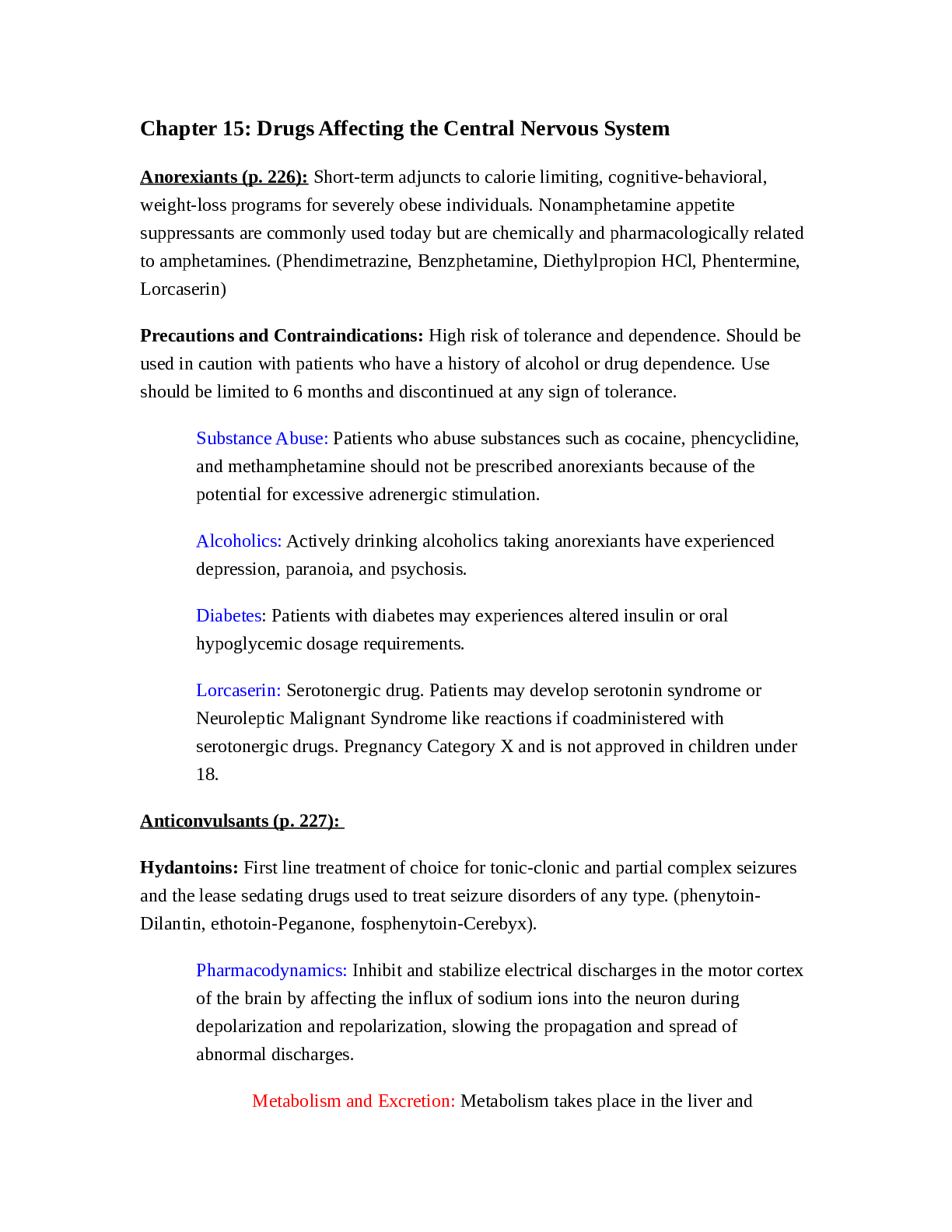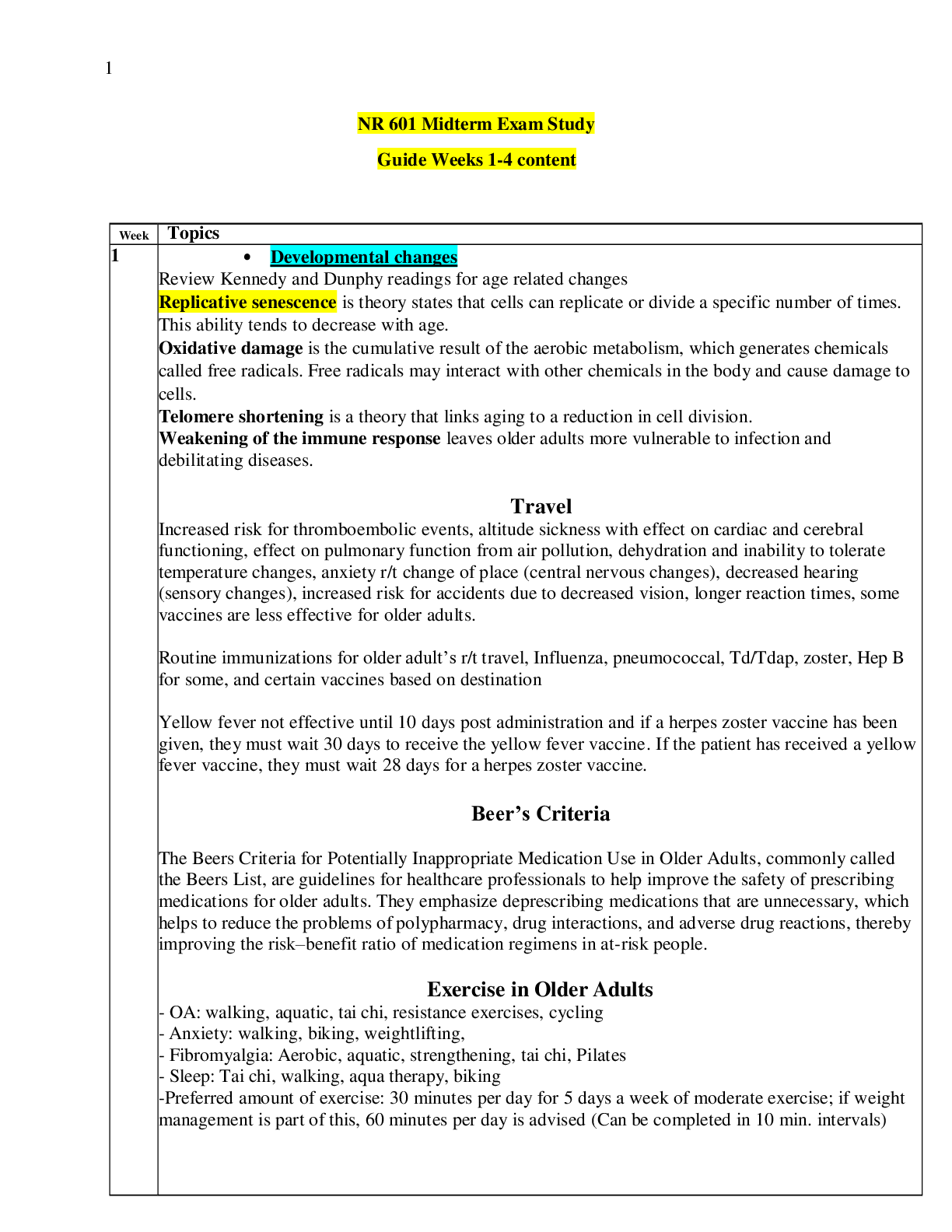*NURSING > STUDY GUIDE > NR 601 Week 4 Midterm Study Guide A+ Guide (All)
NR 601 Week 4 Midterm Study Guide A+ Guide
Document Content and Description Below
NR 601 Week 4 Midterm Study Guide A+ Guide / NR 601 Week 4 Midterm Study Guide>NR 601 Week 4 Midterm Study Guide Chapter 1: Changes with Aging - Notes Fundamental Considerations - Recognize that pr... esenting features of disease/illness may be different and having a greater awareness of the impact of chronic illness on the patient. - Perspective is different than with younger adults. Physiological Changes with Aging - The clinician must be aware that all the systems interact an, in doing so, can increase the older person’s vulnerability to illness/disease. - During the clinical decision-making process, the clinician knowledgeable about physiological changes with aging will be less likely to undertreat a treatable condition. -Example- Use the diagnostic process to differentiate the more benign seborrheic keratosis from actinic keratosis. - Be informed; do not attribute a finding to the aging process alone. The elder may conclude there is no point in changing behavior, because the process is inevitable. - Three primary points: 1) There is a reduced physiological reserve of most body systems, particularly cardiac, respiratory, and renal. 2) There are reduced homeostatic mechanisms that fail to adjust regulatory systems such as temperature control and fluid and electrolyte balance. 3) There is impaired immunological function: infection risk is greater, and autoimmune diseases are more prevalent. Laboratory Values in Older Adults - Many factors can influence lab value interpretation in the elderly, including the physiological changes with aging, the prevalence of chronic disease, changes in nutritional and fluid intake, lifestyle (including activity), and the medications taken. - Reference ranges therefore may be preferable. Reference ranges or intervals, such as age, sex, or race can be defined demographically. For example, the reference range for older adults might be the intervals within which 95% of persons over age 70 fall. - Further defined physiologically (fasting or activity status) or pharmacologically (medication, tobacco or ETOH use). - Biochemical individuality is of particular importance in detecting asymptomatic abnormalities in older adults. Significant homeostatic disturbances in the same individual may be detected through serial laboratory tests, even though all individual test results may lie within normal limits of the reference interval for the entire group. - The clinician must determine whether a value obtained reflects a normal aging change, a disease, or the potential for disease. - Misinterpretation of an abnormal lab value as an aging change can lead to underdiagnosis and undertreatment in other (anemia or UTI) and overdiagnosis and overtreatment in others (hyperglycemia or asymptomatic bacteriuria). - At times, the result of a lab value may be within the appropriate reference range yet indicate pathology for the older adult. - Calculation of creatinine clearance is important in the estimation of renal function. - Reduced renal function, particularly GFR, affects clearance of many drugs, and creat clearance provides an index of renal function for use in choosing doses of renally eliminated or nephrotoxic drugs (such as dig, H2 blocker, lithium, and water soluble antibiotics) - The Modiciation of Diet in Renal Disease (MDRD) and Cockcroft-Gault equations both provide useful estimates of the GFR. - Any risks involved in lab testing must be considered with respect to the patient’s clinical condition and weighed against the test’s expected benefits. Pharmacokinetic & Pharmacodynamic Changes - Polypharmacy and the potential for an adverse drug reaction (ADR) are major concerns in elders. - Polypharmacy primary predictor for an ADR (any unwanted response). - The therapeutic window narrows with age. The potential for benefiting the patient measured against risk of doing harm important. - Pharmacokinetics (what the body does to the drug) and pharmacodynamics (what the drug does to the body) alter the dynamic processes that drugs undergo to produce therapeutic effect due to the effects of the aging process. Absorption - Less impact than distribution, metabolism, elimination. - Gastric acidity declines with age; offset by the longer contact time that occurs as transit time slows – which is more functional than physiological. - Presence of food and other drugs in the stomach at the same time affect drug absorption. - Antacids and Fe can inhibit absorption. - Anticholinergic meds cause a slowing of colonic motility and can result in greater absorption rates.- Metabolic diseases, such as thyroid disease/DM can increase or decrease transit time, can cause either increased/decreased drug absorption. - When the med passes through the esophagus without adequate water, can cause erosion. Distribution - Drug distribution is affected by aging, particularly in individuals of smaller body size, decreased body water, higherbody fat. - Drugs distributed in water have a higher concentration in elders, and exert a more profound effect. - Drugs distributed fat have a wider distribution and a lesss intense effect but a more prolonged action, particularly with more adipose tissue. - Drugs with a high protein binding rate have a greater potential to cause an ADR in those with less body mass. Fewer receptor sites, less albumin for binding, greater plasma concentration, more free drug is available for processes. - Protein bound drugs can reach toxic levels if the patient is not monitored closely. [Show More]
Last updated: 1 year ago
Preview 1 out of 13 pages
Instant download
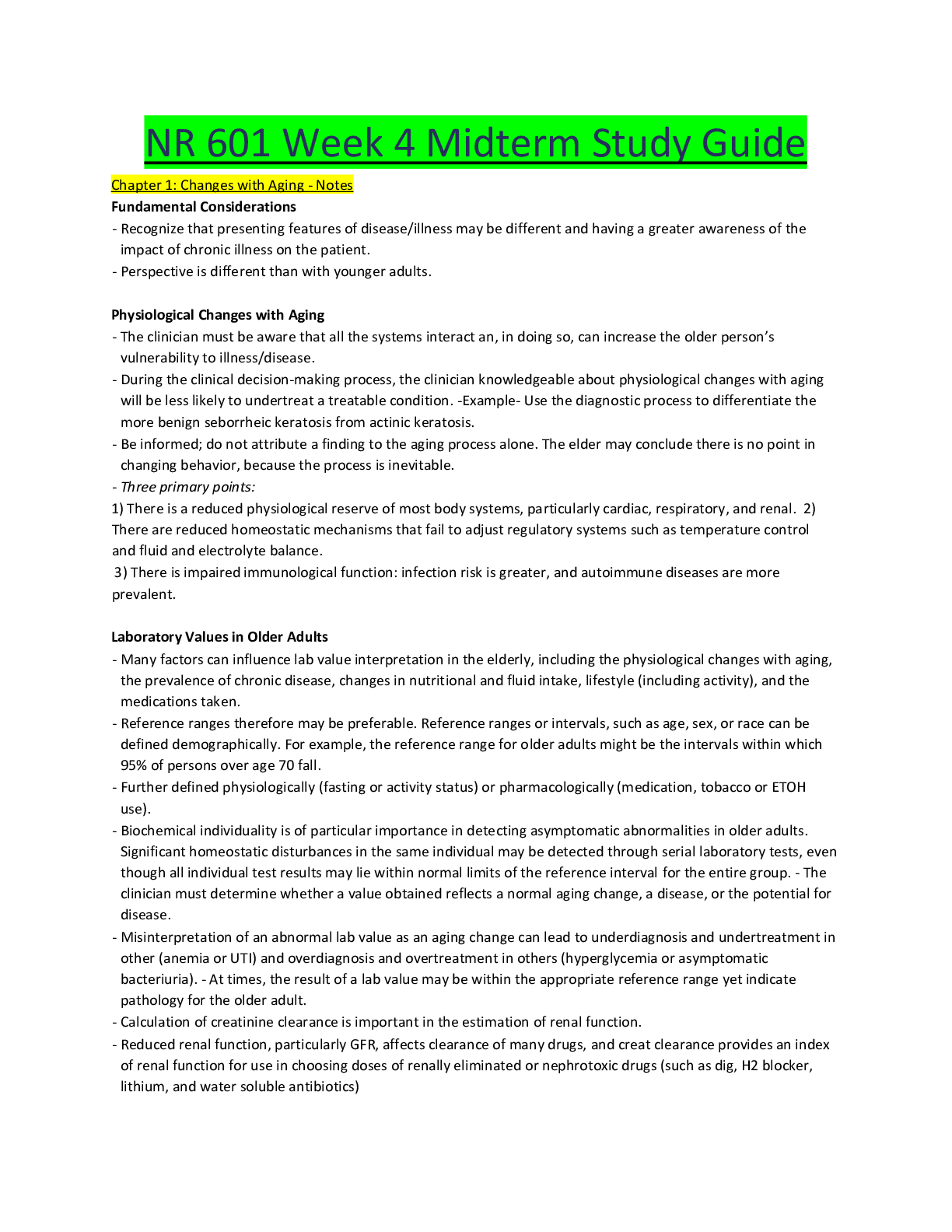
Instant download
Also available in bundle (1)

NR 601 STUDY PACKAGE (Discussions, Assignments, Quizzes, Midterm and Final Exams)
NR 601 STUDY PACKAGE (Discussions, Assignments, Quizzes, Midterm and Final Exams)
By PROF 3 years ago
$150.5
48
Reviews( 0 )
Document information
Connected school, study & course
About the document
Uploaded On
Apr 02, 2021
Number of pages
13
Written in
Additional information
This document has been written for:
Uploaded
Apr 02, 2021
Downloads
0
Views
57

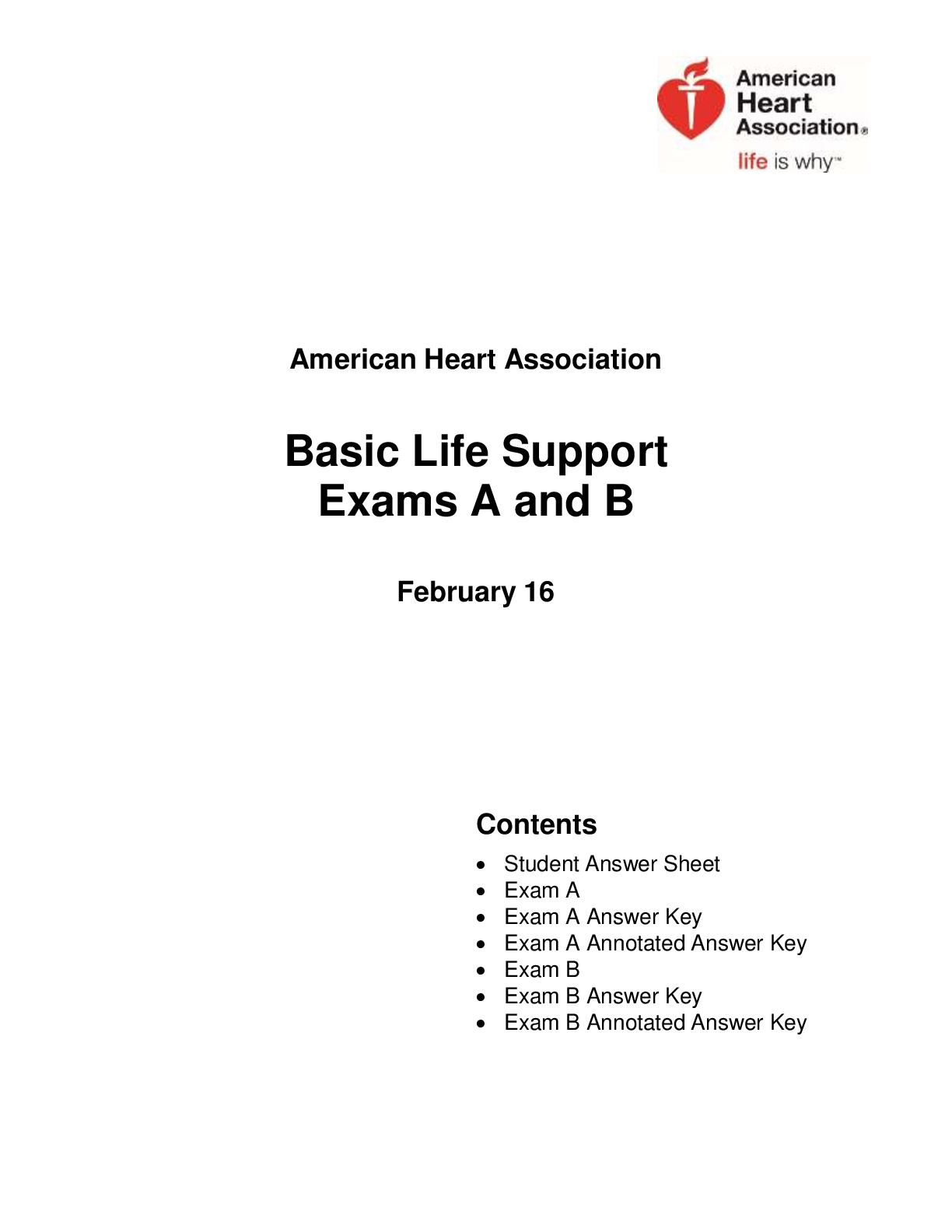

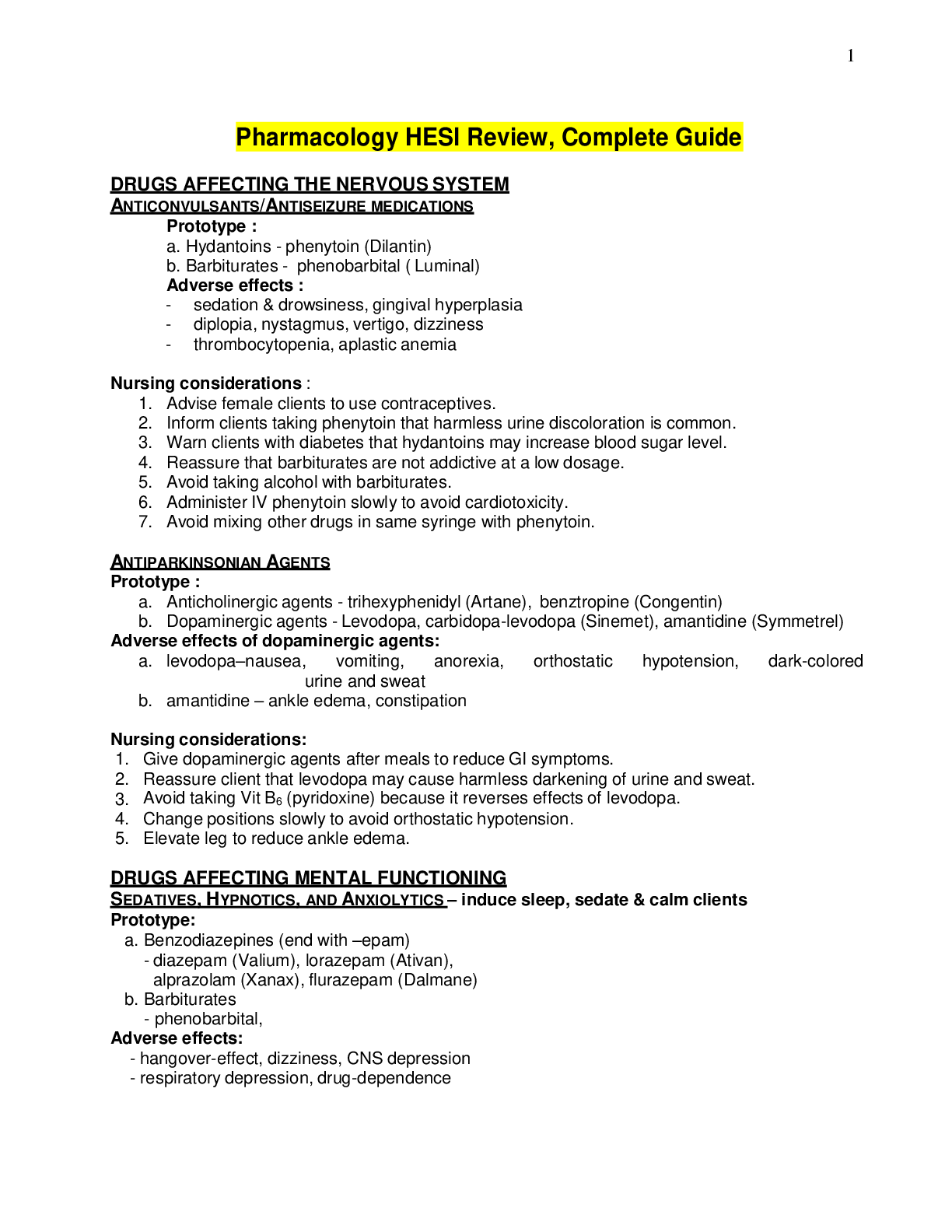

.png)

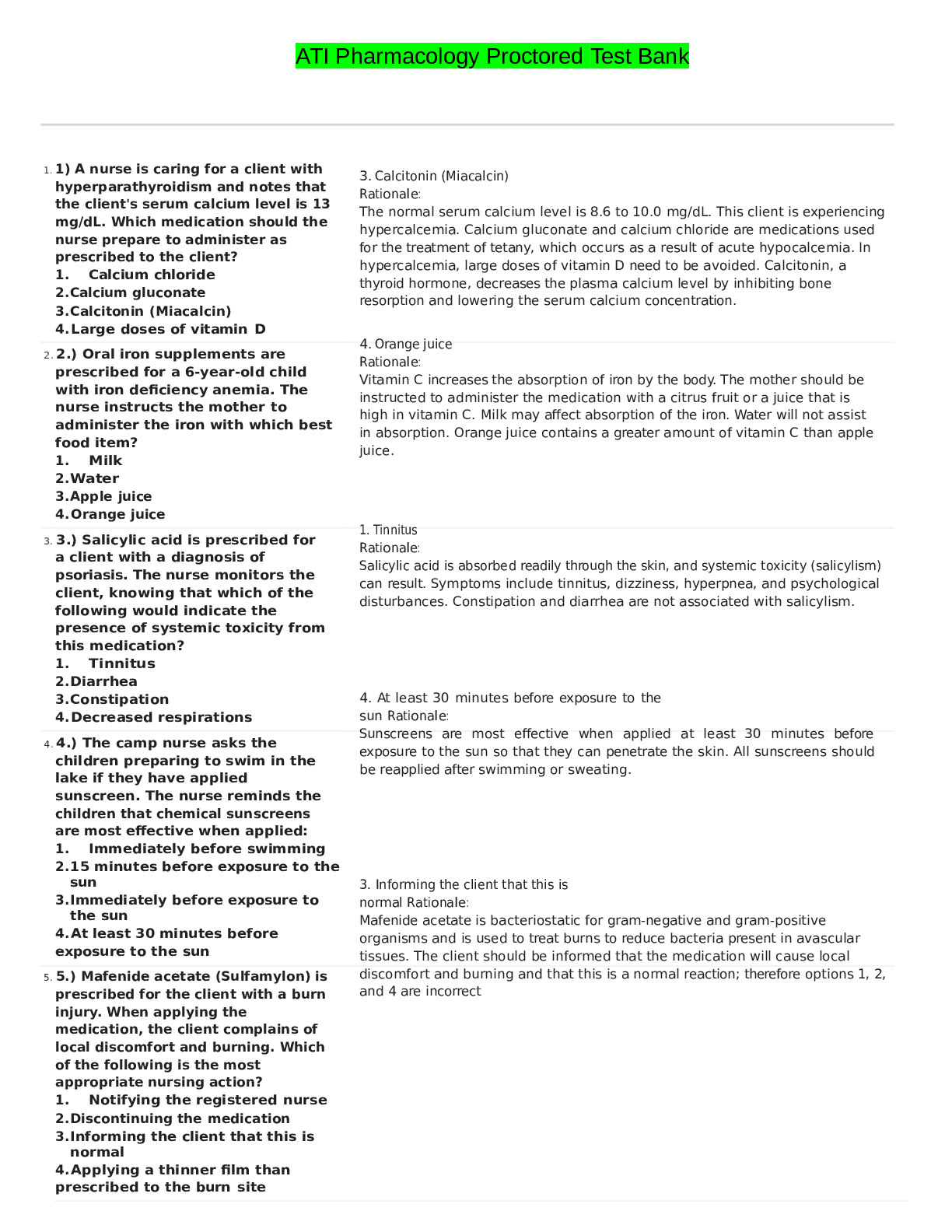

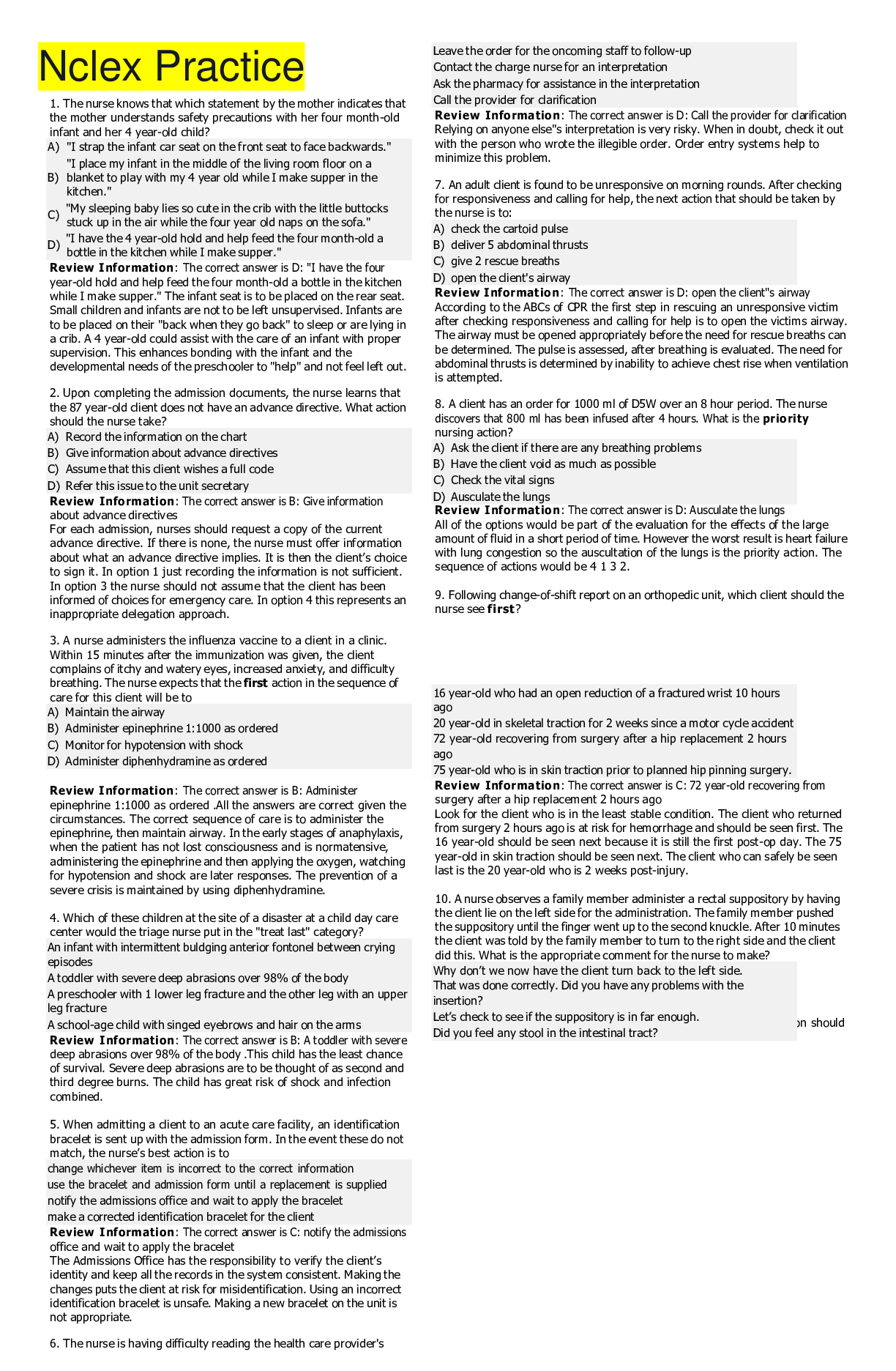
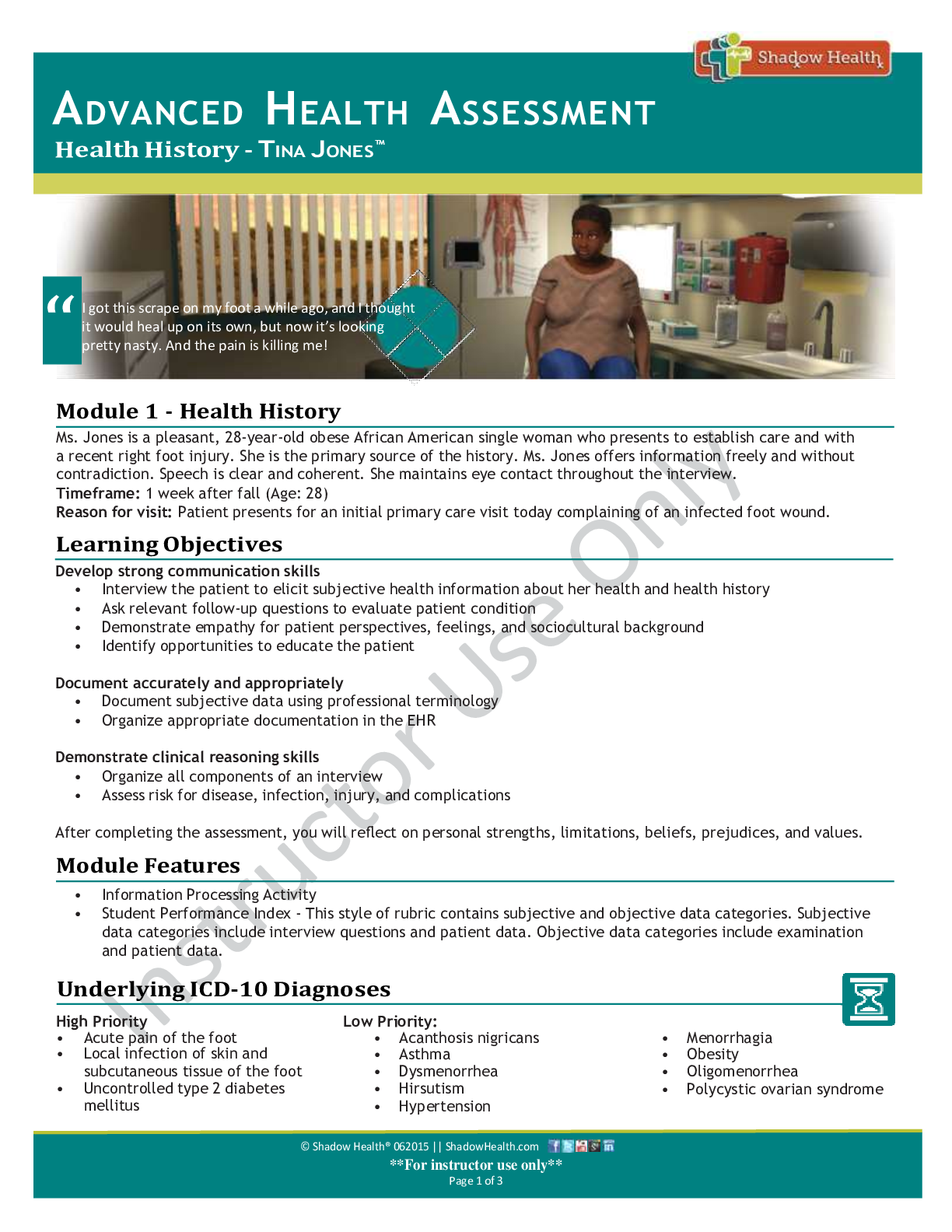

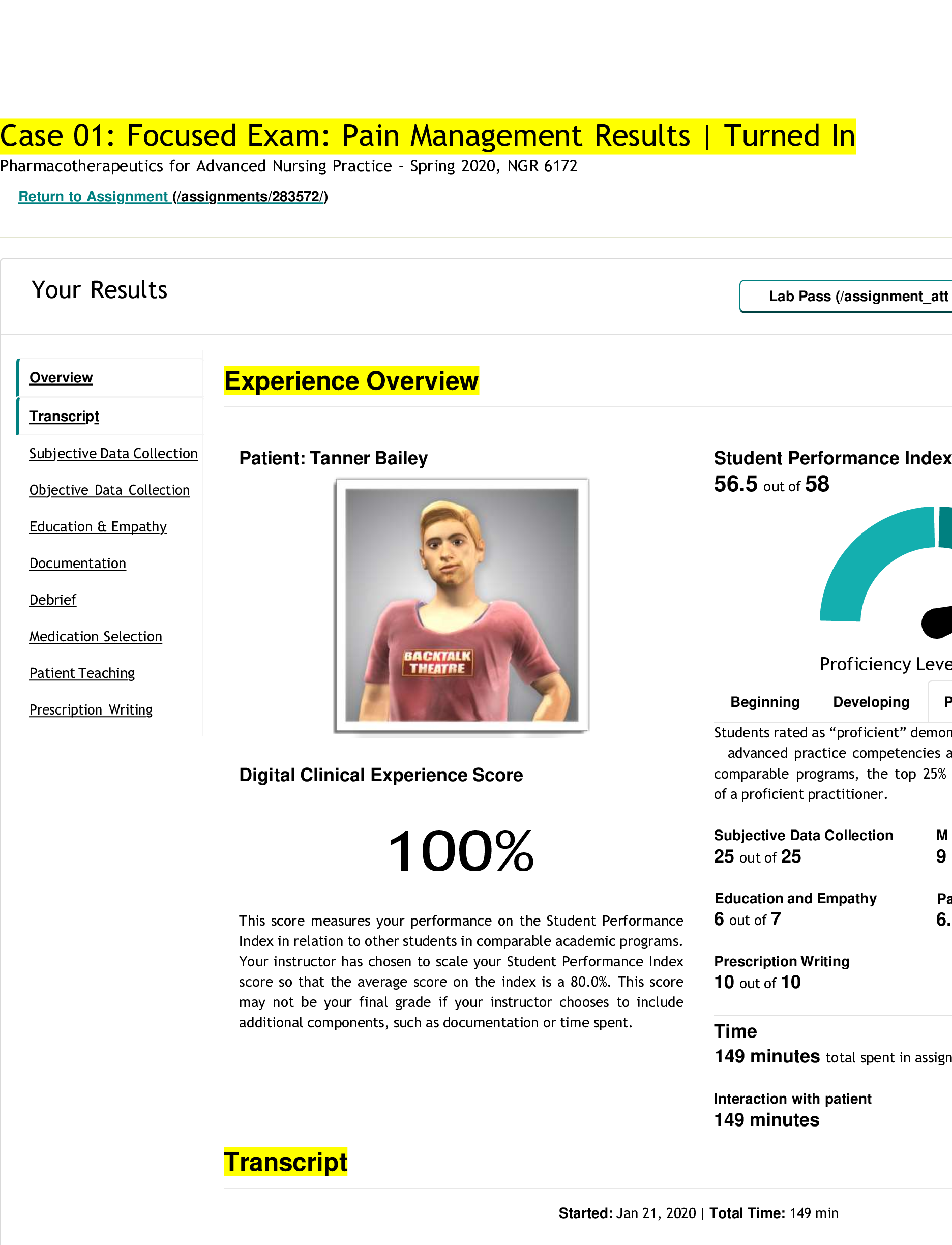
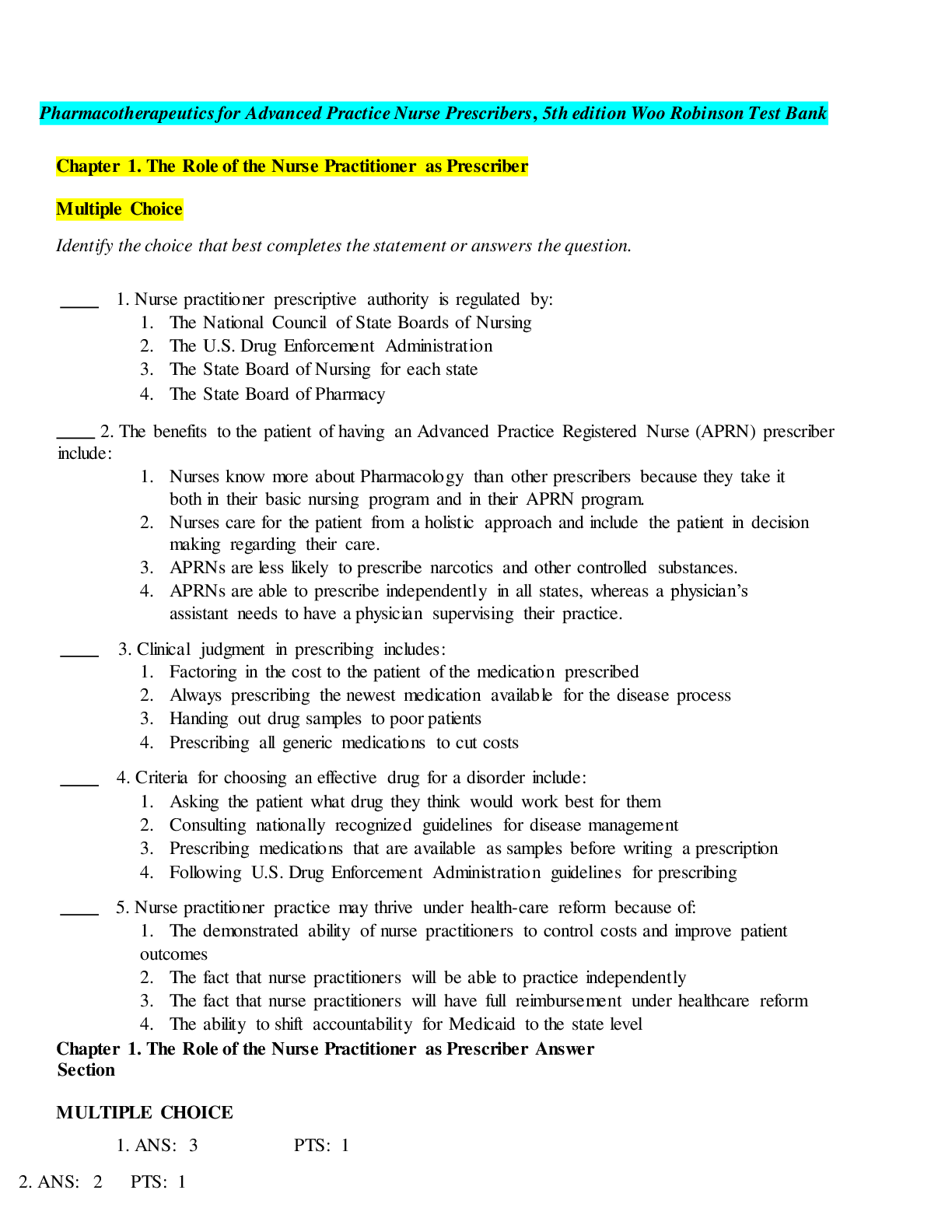



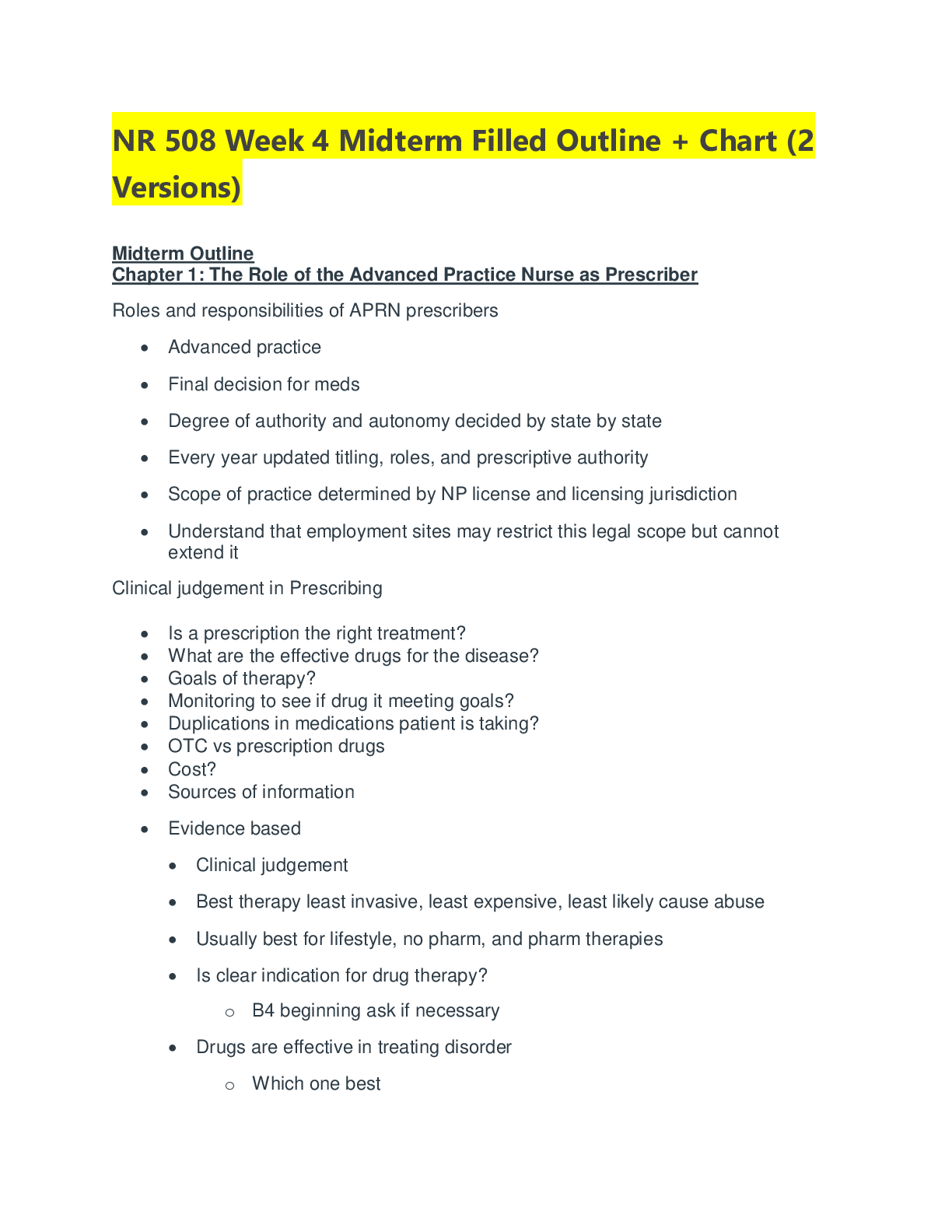
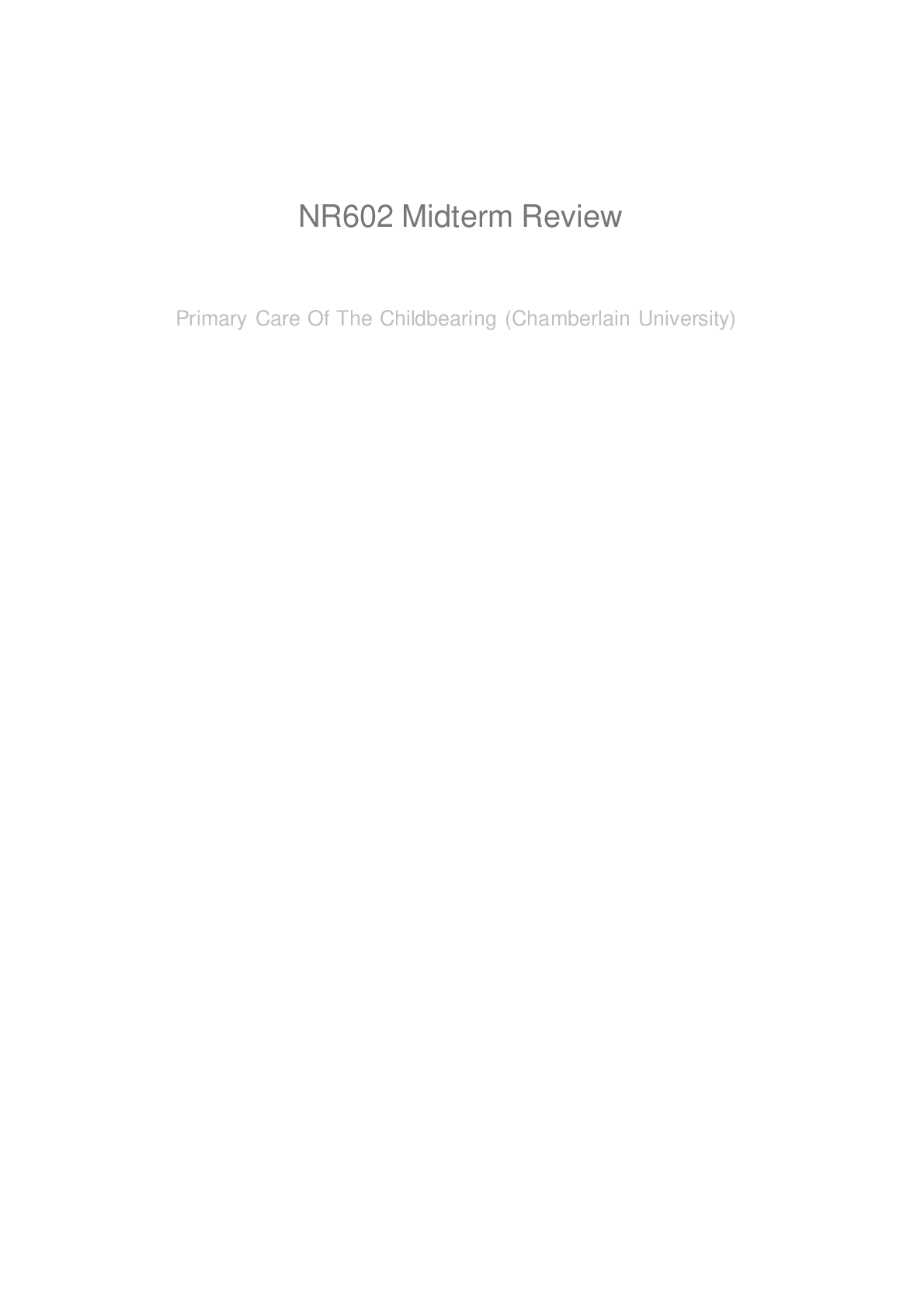

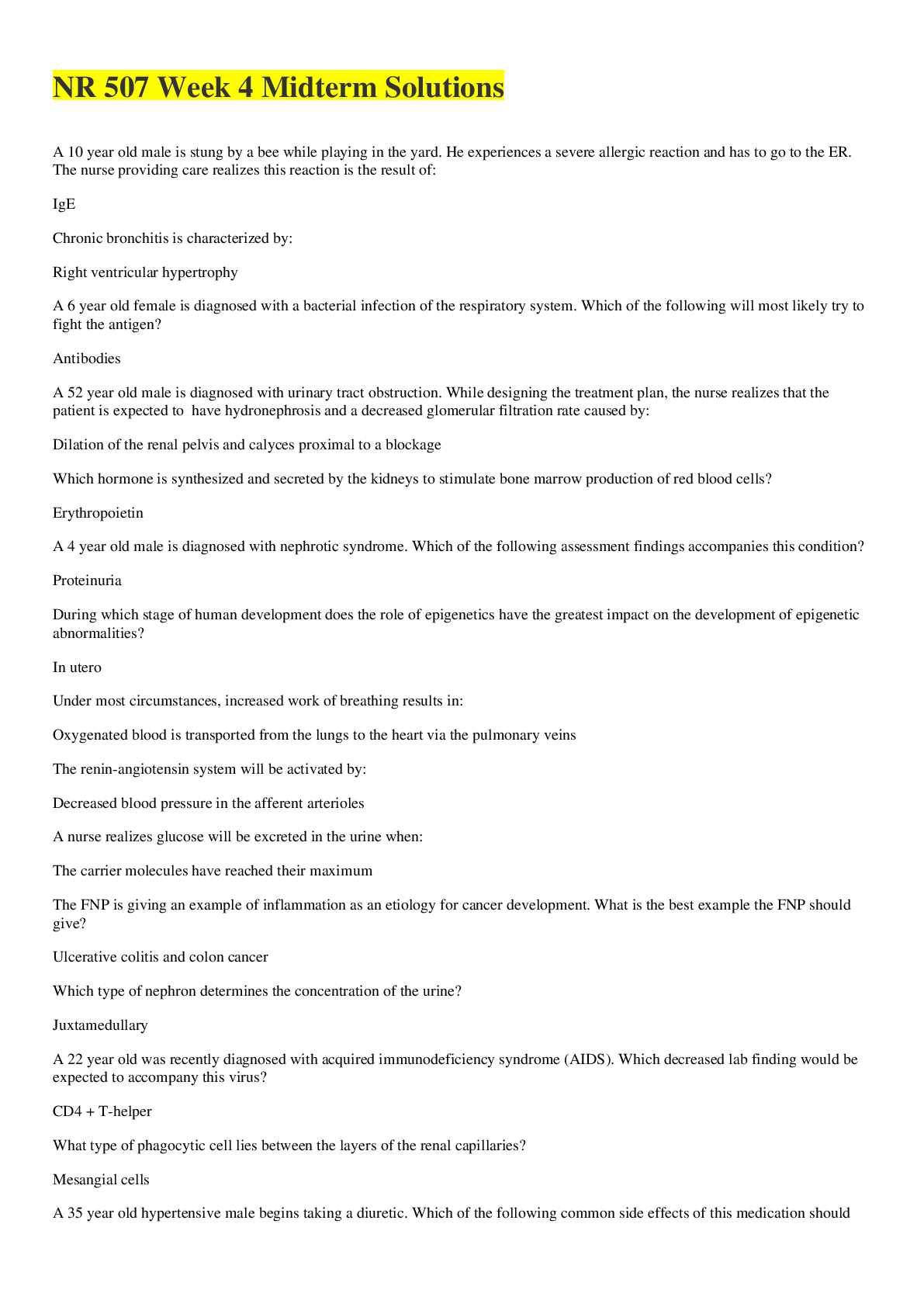

.png)
.png)



